Power of Photography
 LIFE Magazine and the Power of Photography, an exhibit I saw last week at the Museum of Fine Arts in Boston, has haunted me ever since. LIFE magazines on a reading table in the first room reminded me of how I devoured every issue as a school girl. Published weekly from 1936 to 1972, LIFE then turned to special issues and compilations as readers turned to TV. Had it occurred to me as a child to find out more about LIFE’S editors and photographers, I would have discovered that most were white males, just like the people in my hometown in Texas who worked for the Phillips Petroleum Company.
LIFE Magazine and the Power of Photography, an exhibit I saw last week at the Museum of Fine Arts in Boston, has haunted me ever since. LIFE magazines on a reading table in the first room reminded me of how I devoured every issue as a school girl. Published weekly from 1936 to 1972, LIFE then turned to special issues and compilations as readers turned to TV. Had it occurred to me as a child to find out more about LIFE’S editors and photographers, I would have discovered that most were white males, just like the people in my hometown in Texas who worked for the Phillips Petroleum Company.
From the Great Depression to the Vietnam War, almost all of the photographs printed for consumption by the American public appeared in illustrated magazines. Among them, Life magazine—published weekly from 1936 to 1972—was both wildly popular and visually revolutionary, with photographs arranged in groundbreaking dramatic layouts known as photo-essays. This exhibition takes a closer look at the creation and impact of the carefully selected images found in the pages of Life—and the precisely crafted narratives told through these pictures—in order to reveal how the magazine shaped conversations about war, race, technology, national identity, and more in the 20th-century United States.
The photographs on view capture some of the defining moments—celebratory and traumatic alike—of the last century, from the Birmingham civil rights demonstrations to the historic Apollo 11 moon landing. Far from simply nostalgic and laudatory, the exhibition critically reconsiders Life’s complex, and sometimes contradictory, approach to such stories through works by photographers from different backgrounds and perspectives who captured difficult images of ethnic discrimination and racialized violence, from the Holocaust to white supremacist terror of the 1960s.
An example of LIFE’s conversations about World War II is a photo-essay about women in the workplace which appeared in 1943. LIFE hired Margaret Bourke-White to photograph female steel workers.
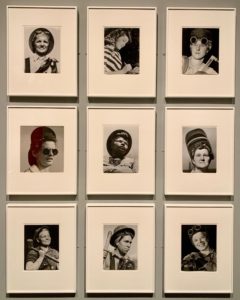 The cover picture of Bernice Daunora, above, plus photos of nine of her co-workers, offered a vision of women, equal in size and stature, working to meet wartime needs. It was an attempt to normalize female labor across racial and ethnic lines at a time of intense segregation and xenophobia. This photo-essay aligned with the US. Office of War Information’s strategies to encourage female magazine readers to join the war effort.
The cover picture of Bernice Daunora, above, plus photos of nine of her co-workers, offered a vision of women, equal in size and stature, working to meet wartime needs. It was an attempt to normalize female labor across racial and ethnic lines at a time of intense segregation and xenophobia. This photo-essay aligned with the US. Office of War Information’s strategies to encourage female magazine readers to join the war effort.
When World War II ended with victory for the Allies, LIFE published this iconic photo of a sailor and a nurse celebrating VJ Day in Times Square. It never occurred to me that his action could have been considered an assault.
By May 1963 LIFE was covering racial unrest in the South. A photo-essay that month from Birmingham, Alabama, exemplifies the inconsistencies that sometime arose between images and text. The opening photo by Charles Moore visually aligns LIFE’s white readers with the attacking firefighters, but the article’s title, “They’re Fighting a Fire That Won’t Go Out,” underscores the futility of their actions in a period of intense civic protests by Black Americans. 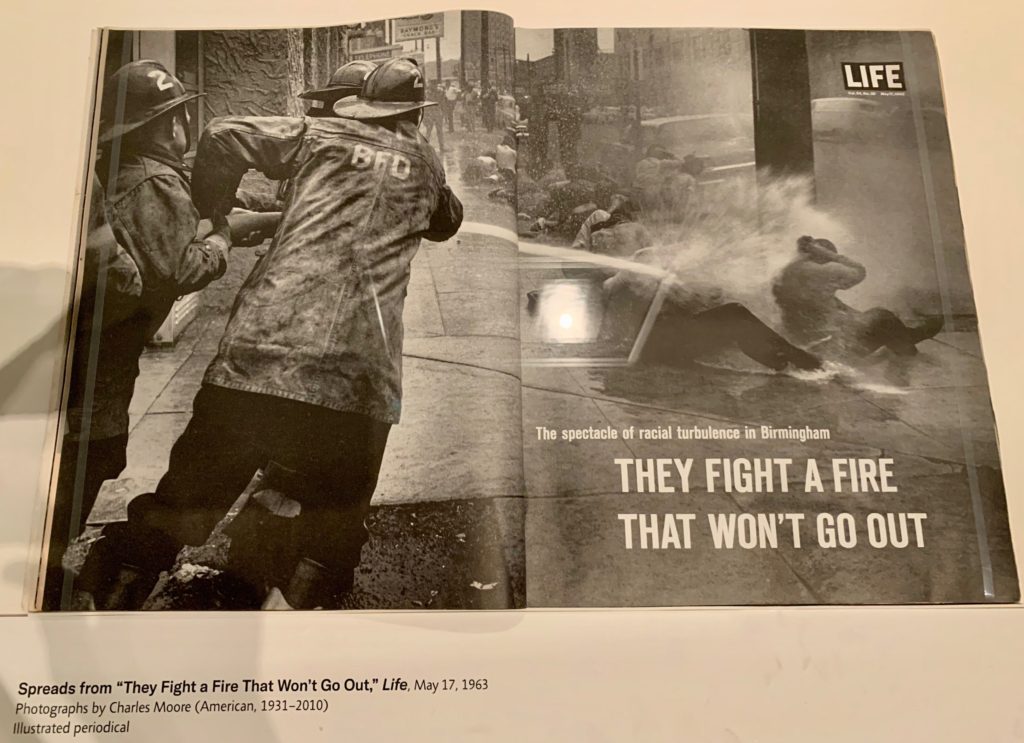
Caption files submitted with Moore’s film indict the police for moving in with clubs and dogs, noting that protestors threw rocks and bricks only after battling the firefighters’ hoses. 
Although Moore’s images show white authorities as aggressors and Blacks as victims, the text quotes no Blacks and the final page quotes only “shaken” whites.
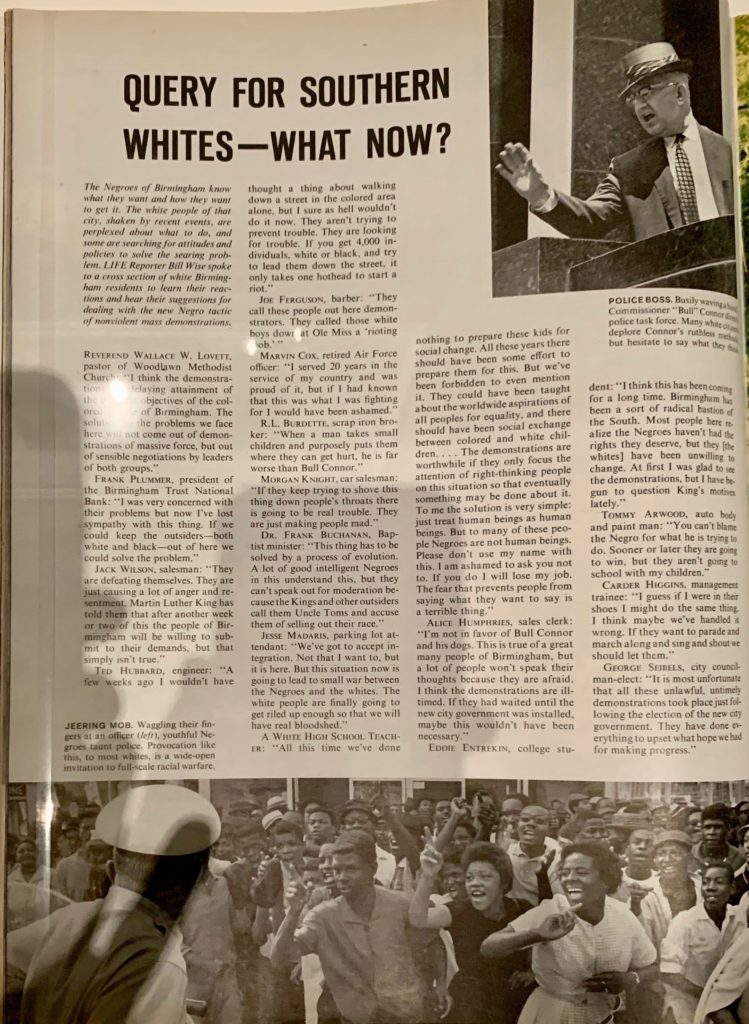 Though I switched my weekly reading from LIFE to TIME in college, I realize now that I never questioned whether either source considered events from the perspective of other ethnicities. In fact, it wasn’t until I visited the Museum of African American History and Culture in 2017 with its powerful photographs, and conducted a Self-Examination in 2020, that I went to work cleaning out my “brain closet” and discarding outworn attitudes.
Though I switched my weekly reading from LIFE to TIME in college, I realize now that I never questioned whether either source considered events from the perspective of other ethnicities. In fact, it wasn’t until I visited the Museum of African American History and Culture in 2017 with its powerful photographs, and conducted a Self-Examination in 2020, that I went to work cleaning out my “brain closet” and discarding outworn attitudes.
One subject that LIFE covered very well was the Space Program, a hot item in Houston as the Manned Spacecraft Center was built there while I attended Rice. When celebrating the 50th anniversary of the Moon Landing last year, I was thrilled to find my copy of LIFE’s special issue.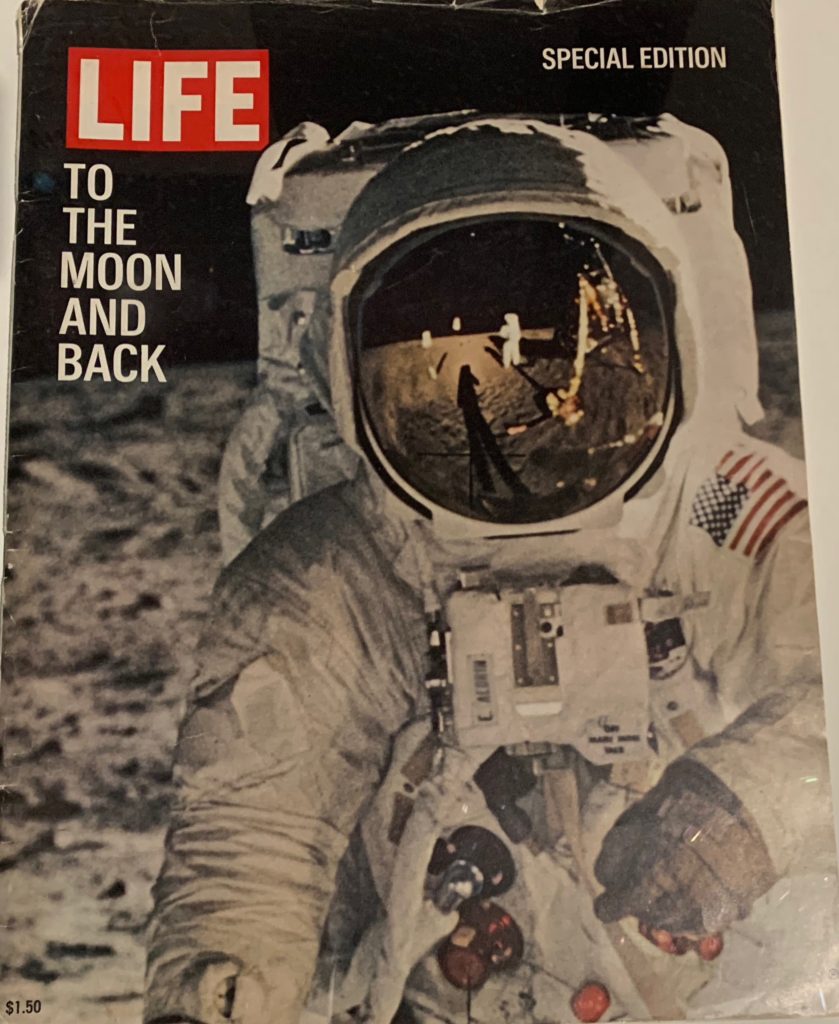
Three of the eight rooms in the MFA exhibition are devoted to immersive contemporary “moments.” They feature works by artists active today who question how news is portrayed. I was particularly attracted to the screen prints by Alexandra Bell that framed implicit biases and systemic racism in contemporary media. Below is an example of how Bell recasts the New York Times’ coverage of the 2017 protest in Charlottesville VA to focus on the violence of the White Nationalist protest. By comparing the two front pages, one actual and marked up, the other redone, you can see that amplifying the size and position of a front-page photo directs the reader’s attention to a dire result of protesting the removal of a statue.
Though I spent but 90 minutes at the exhibit the power of photography has remained on my mind all week. On Saturday my book group discussed The Vanishing Point, a novel about three photographers by Elizabeth Brundage. Earlier, during Hurricane Nicole, Steve and I watched The Bridges of Madison County, a 1995 movie in which Clint Eastwood plays a National Geographic photographer who meets an Iowa farm wife played by Meryl Streep. Then while discussing photography, Steve recalled how we loved to visit the Newseum in DC.
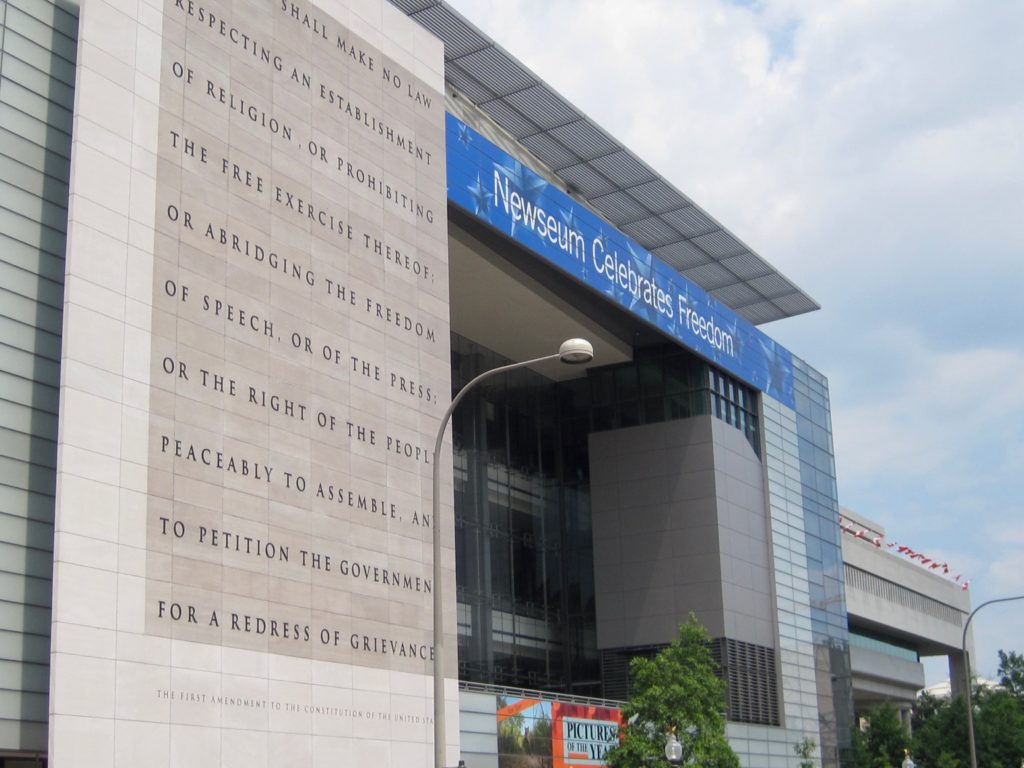 In 2008 the Newseum, which was founded by the Freedom Forum, moved from its first location in Arlington to a huge new building on Pennsylvania Avenue next door to the Embassy of Canada and across from the National Gallery. Its front panel quoted the First Amendment of the U.S. Constitution:
In 2008 the Newseum, which was founded by the Freedom Forum, moved from its first location in Arlington to a huge new building on Pennsylvania Avenue next door to the Embassy of Canada and across from the National Gallery. Its front panel quoted the First Amendment of the U.S. Constitution:
Congress shall make no law respecting an establishment of religion, or prohibiting the free exercise thereof; or abridging the freedom of speech, or of the press, or the right of the people peaceably to assemble, to petition the Government for a redress of grievances.
Its purpose was to help the public and the media understand each other. Perhaps we need a refresher course now!
The Newseum had huge theaters and fascinating displays about the Berlin Wall, Hurricane Katrina, and 9/ll that made me relive those events, sometimes with tears. Compared with all the free museums on the Mall, the admission price was steep, so I became a member in order to treat visiting friends and relatives. Just before Obama was inaugurated in 2009, Marjo and I posed with his cutout, shown below. Then we actually got to see Barack Obama from a distance, exiting an interview with Meet the Press, which had a studio at the Newseum. We saw many Black families there, joyously celebrating our first Black President.

This photo of my friend Mabell Gomez and me was taken at the Newseum on July 9, 2011 during the week she was in town to explore the Colombian exhibition at the Smithsonian Folklife Festival. How I miss Washington!
The Newseum had a laudable mission, but as the news industry became increasingly fragmented, it suffered years of financial losses. The Freedom Forum announced in 2019 that The Johns Hopkins University would purchase the building for $372.5 million in order to use the space for several graduate programs.
Back to LIFE Magazine and the Power of Photography: I sent this album of photos I took at the exhibit to Lilli and two Cambridge friends who were thinking of seeing it before it closes next January. Arlene Olivero, who works for the Nature Conservancy as a map maker, studied my photos carefully and sent me these comments:
Your photos made me think about the impact of Life magazine and how improvements in representing diverse perspectives in news media might influence us all. Magazines were important when exposure to information and ideas was more limited and hard to come by. As a kid visiting grandma, I was always intrigued by her dusty stacks of Life magazines and National Geographics. I just loved to disappear on the back porch and curl up in her big rocking chair to dream/disappear into the world of images while the adults chatted, although I must say I gravitated to National Geographic issues more than to Life.
My eyes were opened as to how events like the dog attack and police response were “spun” and presented to a majority white audience. I am glad to reflect on that. I also found it very interesting to see efforts Life made to include women steel workers and a gang leader’s daily family life, while news of Japanese internment went missing.
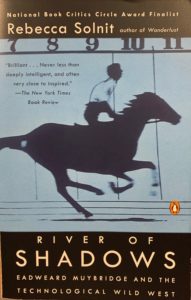 Addendum on December 14, 2022: Interested in learning more about the power of photography I reviewed a book my friend Heather Wicke gave me back in 2004: River of Shadows: Eadweard Muybridge and the Technological Wild West by Rebecca Solnit. This book goes back 150 years to reveal how Muybridge’s experiments in photographing Leland Stanford’s race horse, Occident, in 1872 captured motion and opened up new worlds for science, art, and entertainment. “His 1878 camera shutters were a triumph of engineering that made reliable exposures of a fraction of a second for the first time….The photographs were also a triumph of chemistry, which made the film “fast” enough to record so brief an instant….It was the foundation of cinema…and it all began with photographs of a horse in California.”
Addendum on December 14, 2022: Interested in learning more about the power of photography I reviewed a book my friend Heather Wicke gave me back in 2004: River of Shadows: Eadweard Muybridge and the Technological Wild West by Rebecca Solnit. This book goes back 150 years to reveal how Muybridge’s experiments in photographing Leland Stanford’s race horse, Occident, in 1872 captured motion and opened up new worlds for science, art, and entertainment. “His 1878 camera shutters were a triumph of engineering that made reliable exposures of a fraction of a second for the first time….The photographs were also a triumph of chemistry, which made the film “fast” enough to record so brief an instant….It was the foundation of cinema…and it all began with photographs of a horse in California.”
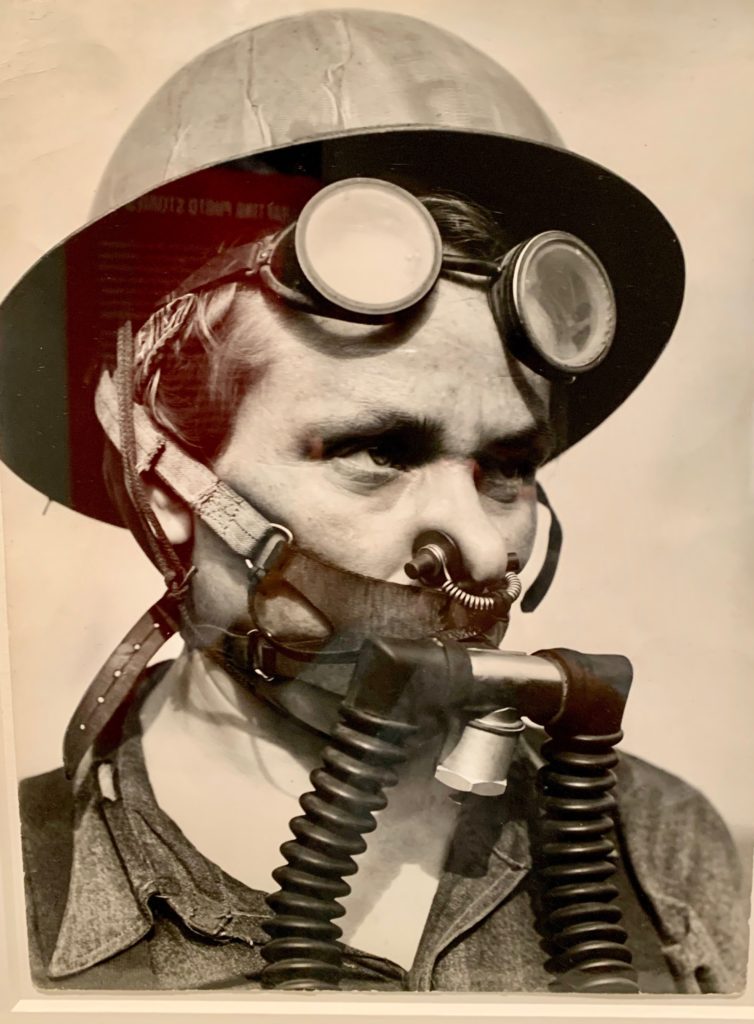
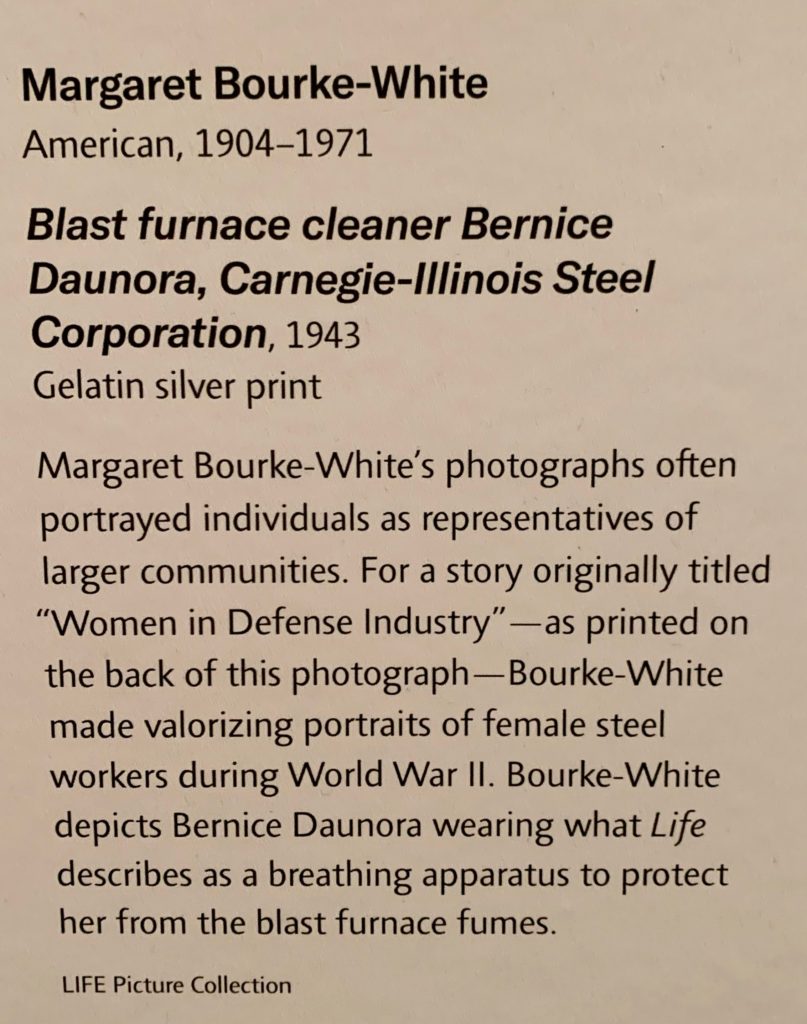
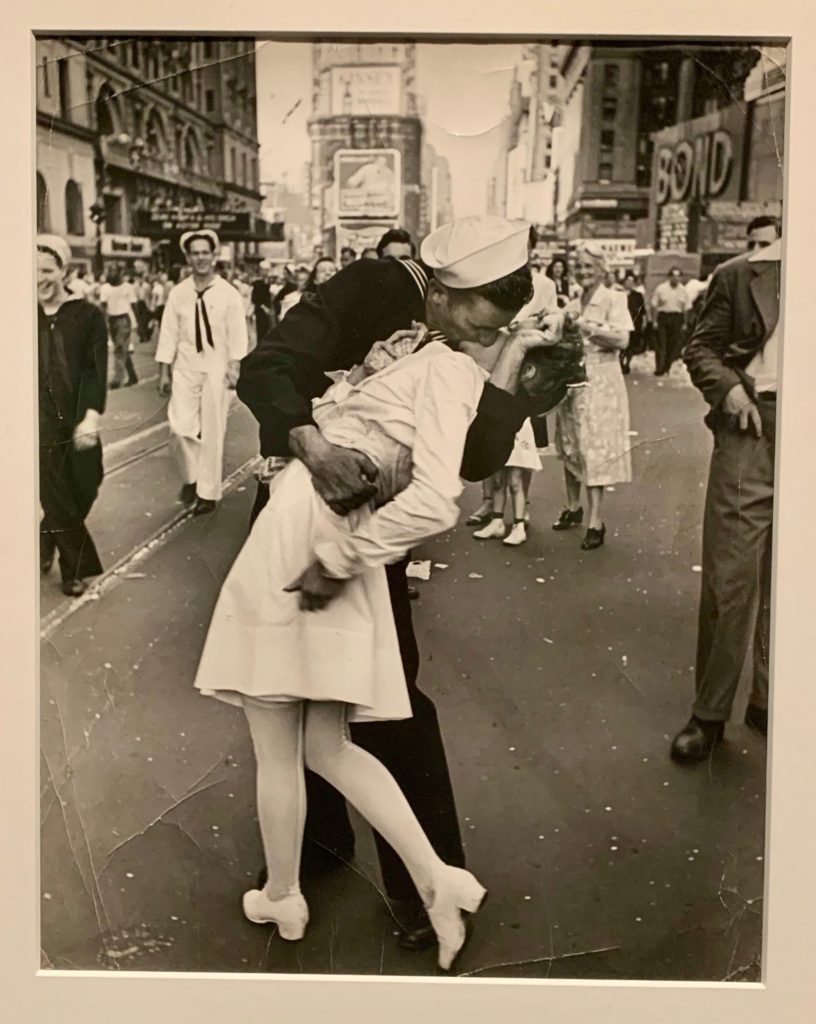
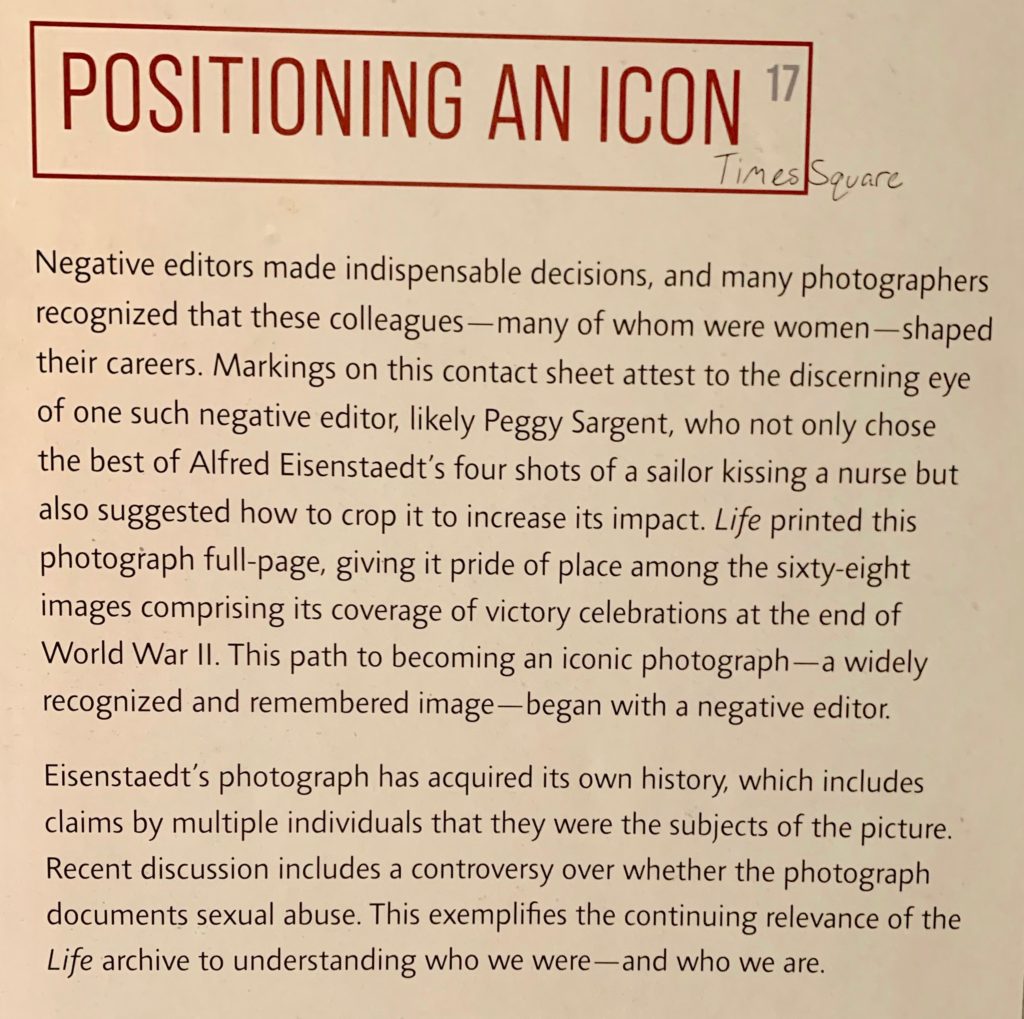
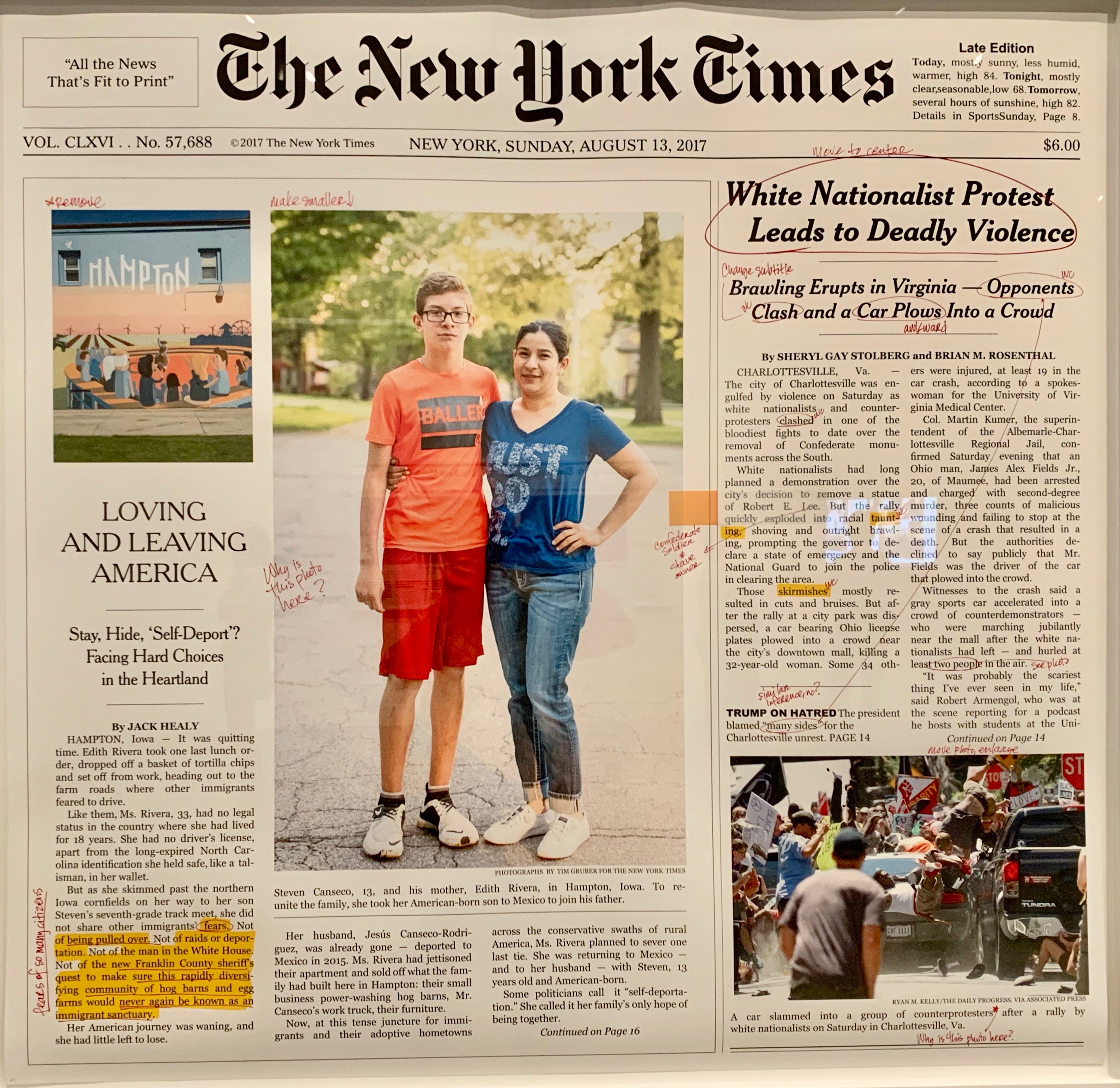
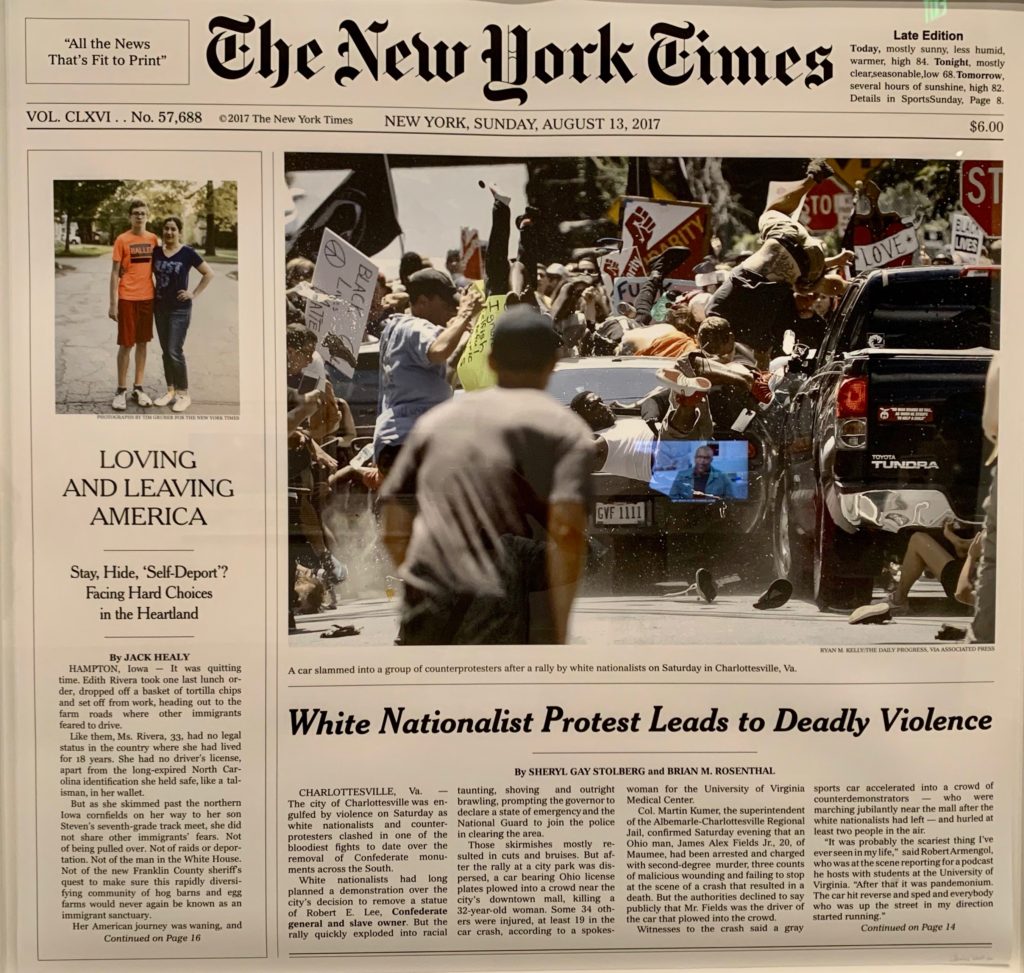
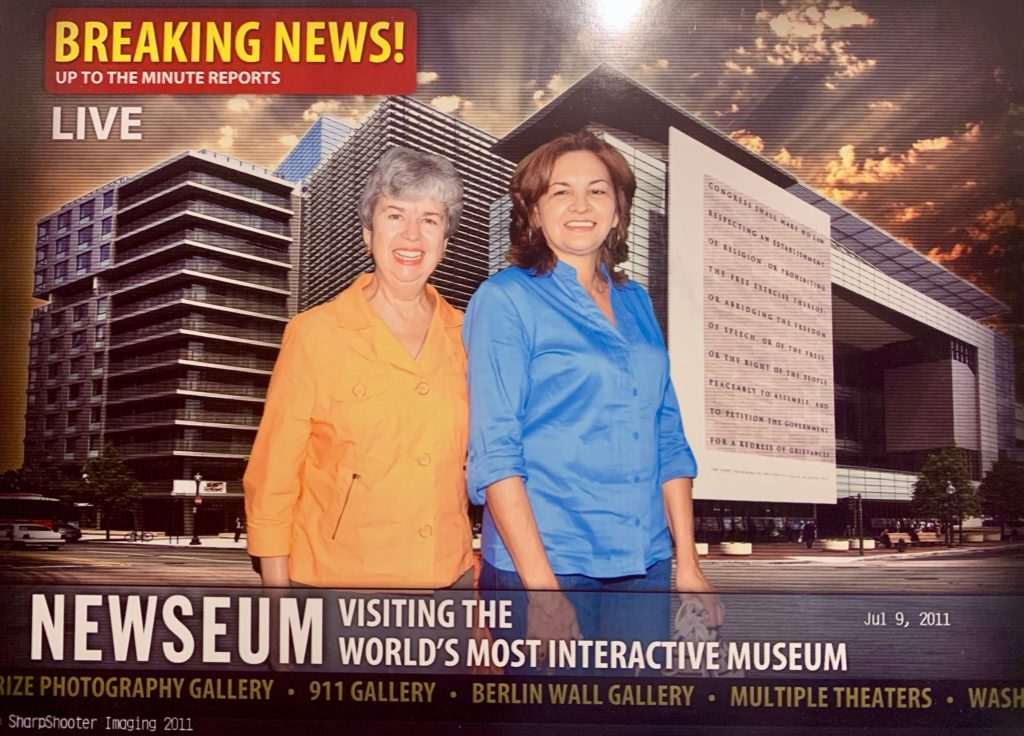
Leave a Reply